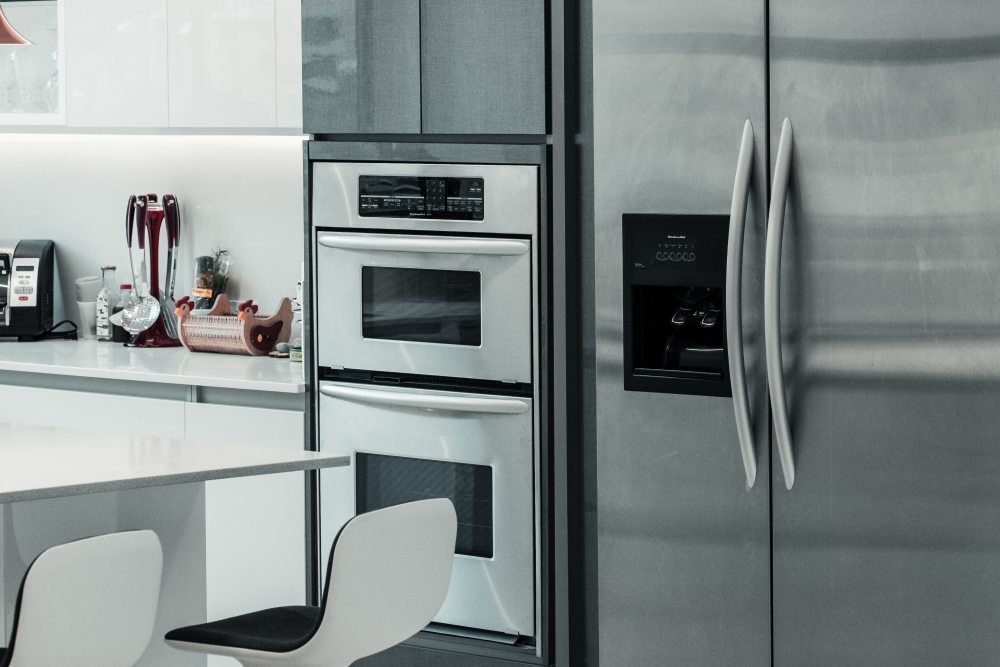
When you set out to buy a refrigerator, you can generally expect there to be a huge investment involved both in terms of money and time. According to a recent statistic, close to 34% of households in Australia use more than one refrigerator. So, if you are looking to buy a refrigerator for your home, you may want to keep the following things in mind.
Storage Capacity
Has you ever been concerned about running out of space in your refrigerator? If so, then you may not completely understand the trick to buying a refrigerator. The first question that you must ask yourself before buying a refrigerator is, How many people are going to use this refrigerator?
If you have a family of three people, make sure you have the recommended capacity of 150-250 L. If you have a larger family, say of five or six members, a safer bet would be a domestic fridge of 550-850 L capacity. This will guarantee sufficient space in your fridge, and you will be able to easily accommodate all your foods and drinks.
Available Space
The domestic fridge also needs to be planned according to the available space in your kitchen. You can't afford to buy a fridge that couldn't fit in your kitchen and led to drainage of all your resources. So how can you prevent this? You can buy a mini domestic fridges for your snacks and drink bottles and then use a relatively medium-sized domestic fridge in your kitchen for your daily household needs. A mini fridge is good for objective use like at the domestic bar, living room, etc. A single-door refrigerator is best for individual use and takes a comparatively lesser amount of space. Double- and triple-door refrigerators are most common in households with 2-4 members and take up moderate space. A side-by-side is a huge option and takes up a good deal of space but is handy for larger families.
Energy Consumption
Being a consumer durable, domestic fridges tend to consume a lot of electricity. This is mostly because you cannot switch off a refrigerator and it is constantly in use. Thus, you will need to search for options that alongside providing great cooling, also help you save electricity consumption. To help you pick the best, there is a rating attached to every refrigerator that helps you to understand its electricity-saving capability. Similarly, these days, most domestic fridges come with the eco-friendly tag, ensuring that your personal consumption remains sustainable, especially when considering the reduction of environmental impact.
Compressor
Just like the engine of your car keeps it alive and running, compressors keep the refrigerator running. Usually, there are two kinds of compressors—general and inverter compressors. The general compressors tend to keep the fridge cool, but take up a lot of energy. They will start running at a greater speed and will keep on running till the optimum temperature is reached. The inverter compressors are highly energy efficient, as these can run at altering speeds and adapt to the amount of cooling loss. They are usually seen with double doors, triple doors, and side-by-side domestic fridges.
Features
The refrigerators also offer a lot of added benefits like water and ice dispensers—an important attachment that provides you with chilled water without opening the door of the refrigerator. Some of the other additional features involve adjustable shelving, inbuilt voltage stabilizer, cool pack, inbuilt deodorizer, etc. But don't think that this is all, because it's not. Some of the side-by-side domestic fridges also have Wi-Fi adaptors, and they are 'smart' in nature. These smart domestic fridges help you to maintain stock, and you get notifications whenever your grocery stock is running low.
According to another recent statistic, the domestic appliance industry in Australia is projected to reach $775 million in 2020. The number already reveals the kind of investments people are making to buy home appliances.
MORE ON THE FLASH LIST
































